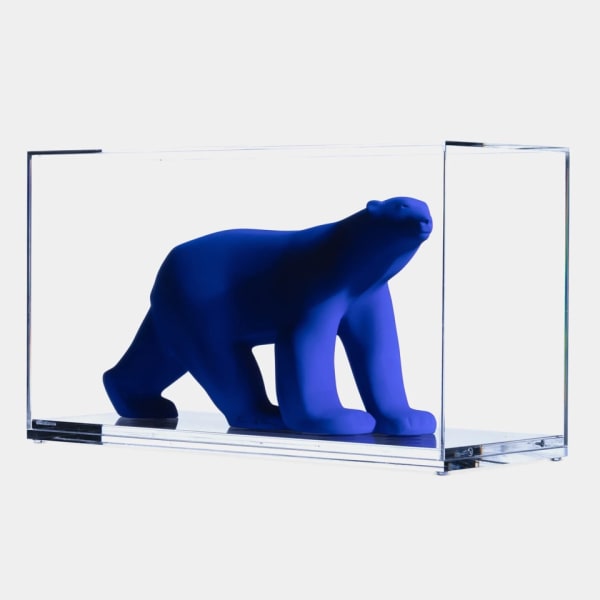Yves Klein
The Most Notable Color
Yves Klein Blue is a vibrant ultramarine hue named after the French artist Yves Klein, who is best known for his contributions to the art world in the mid-20th century. The history of Yves Klein Blue is closely tied to the life and work of this influential artist.
Yves Klein, born on April 28, 1928, in Nice, France, was a leading figure in the post-war European art scene and a prominent member of the avant-garde movement. In the late 1950s, Klein began experimenting with monochromatic artworks, particularly focusing on the use of a deep, intense blue color. This unique shade of blue became synonymous with his name and artistic vision.
In 1957, Yves Klein patented a specific formulation of ultramarine pigment, which he referred to as "International Klein Blue" (IKB). This pigment was created in collaboration with a Parisian paint supplier, and it became the iconic color associated with his artistic practice. The patented formula included a particular binder that helped maintain the intensity and luminosity of the blue pigment on various surfaces.
Yves Klein utilized this intense blue in a series of monochromatic artworks, where the entire canvas was covered in IKB. One of his most famous works is the "Anthropometry" series, where he used nude models as human paintbrushes to create imprints on canvases. The striking contrast of the vibrant blue against the white background became a hallmark of Klein's artistic style.
Tragically, Yves Klein's life was cut short when he died at the age of 34 in 1962. However, his legacy lived on, and his contribution to the art world, particularly through the development and popularization of Yves Klein Blue, continued to influence subsequent generations of artists.
Yves Klein Blue has transcended its origin in the art world and has found its way into various aspects of popular culture and design. The intense, captivating color remains a symbol of artistic innovation and continues to inspire creativity across different disciplines.
January 29, 2024










